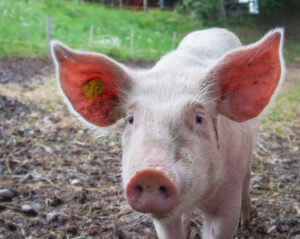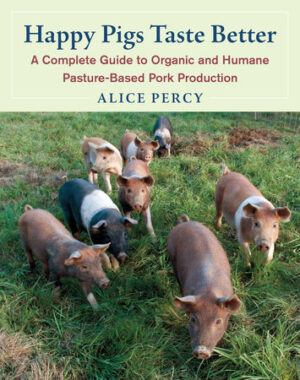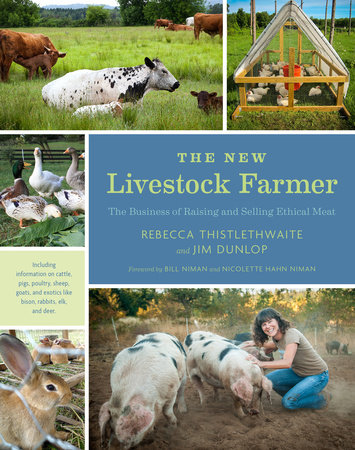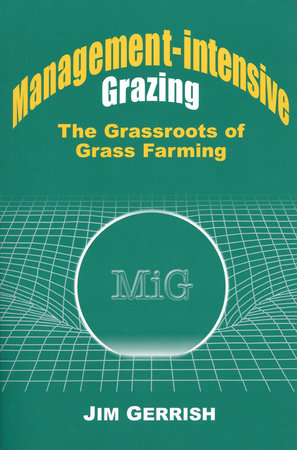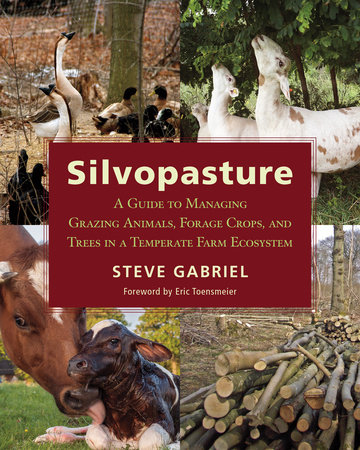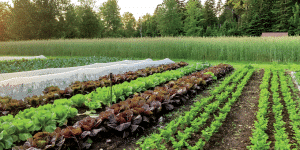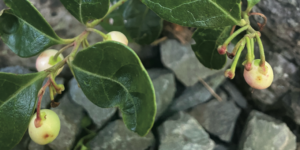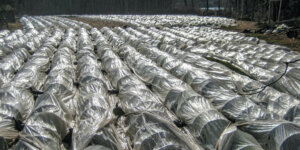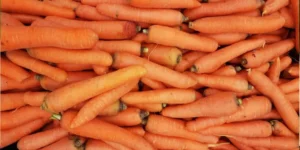Getting Started Raising Pigs: Raising Piglets and Piglet Management
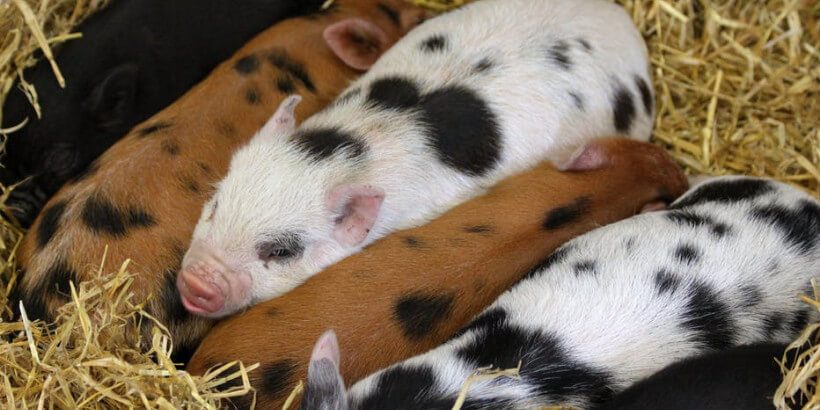
Groups of piglets running around a farm or homestead seems like a dream come true. When it comes to making sure each one is healthy and growing properly, it can get chaotic trying to figure out which pig is which. Using identification strategies to keep them organized is not only in your best interest but the piglets as well.
The following is an excerpt from Happy Pigs Taste Better by Alice Percy. It has been adapted for the web.
Piglets typically undergo a number of procedures before the reach the age of weaning, including identification, tooth clipping, vaccinations, and castration of the males. It is best to group these procedures into as few sessions as possible, to minimize stress to piglets and sow and to reduce labor. Usually castration, identification, and the first round of vaccinations should take place at the age of three to seven days, while the second round of vaccinations should take place at weaning. On some vaccination schedules it may be necessary to give a round of vaccinations at three weeks as well.
These procedures should not be performed while the piglets are penned with the sow; they will loudly protest being handled, which will distress their mother and quite possibly make her aggressive toward the handler. A strong barrier between the sow and the processing area may suffice in a pinch, but it is best to remove the piglets to an area out of her earshot—separation will distress her less than hearing her piglets squeal.
Identification
Organic standards require that each animal have a unique identifier that is accessible not only to the farmer but to the inspector as well. If you raise registered purebred stock, your breed association will also require individual identification. The most common identification techniques are tattoos, ear tags, and ear notching, though larger farms sometimes use embedded radio frequency tags, and small farms that keep mixed breed stock with widely variable markings may be able to get away with photographs of the individual animals. Since no identification system is 100 percent reliable (even Radio Frequency Identification [RFID] tags have a 1 to 5 percent failure rate), it is wisest to use two forms of identification.
Tattoos
Tattoos are permanent, do not disfigure the animal, and are flexible enough for a wide range of numbering and lettering systems. Tattoos may be applied to the ear with a plier that pinches the ear between two flat blades or with a larger “slapper,” usually to the shoulder. The disadvantages of tattoos are that they can become increasingly difficult to read over time, they do not show well on dark-skinned animals, ear tattoos cannot be read from afar, and they are messy to apply.
The needles are punched through the skin with the pliers or the slapper, and then ink is rubbed firmly into the punctures. Tattoo ink comes in multiple colors; green and blue are the most versatile, as they can be read on either dark- or light-skinned animals. If the ink is not rubbed in thoroughly, the mark will not last, and if a needle hits a vein, the flow of blood may wash the ink out of the puncture.
Ear Tags
Ear tags are like permanent hog jewelry (or at least semipermanent). They are made of metal or plastic and may be marked by embossing, by engraving, or with a special permanent marker. A tool made specifically for the purpose punctures the ear and installs the tag with a simple stapling motion. Ear tags are adaptable to a wide range of numbering and lettering systems and are easier to read from afar than tattoos.
Their major disadvantage is that pigs really like to mess with things with their noses, so they tend to explore one another’s ear tags. Because of this, they have a higher failure rate in swine than they do in cattle, goats, or sheep, and if the ear tag is ripped out, it pains and disfigures the animal. Choose one of the smaller models that sit close to the flesh and don’t stick out past the edge of the ear.
Ear Notching
Ear notching is a form of pig identification that uses a system of V-shaped notches cut into specific places along the edge of a pig’s ear. Each location has a traditional numerical value, and by adding up those values you can achieve a range of unique numerical combinations. Ear notching may be done with a knife, but it is better to use a tool specific to the purpose, which makes the operation faster and less painful to the animal.
Ear notching is very inexpensive, and the results are permanent unless something happens to the pig’s ear (such as getting frostbitten or savaged by another animal). However, if not performed precisely, it can be easy to misread the notches; be careful to place each notch clearly within the area designated for the numerical value you intend. The only other disadvantage is that notched ears are unsightly.
Photographs
Some certifiers may accept photographs as a form of identification for small herds if the animals are variegated enough that you can demonstrate that each one has unique markings. It is also a useful backup method of identification, to be used with any of the others, if there is at least some variety in appearance among your herd.
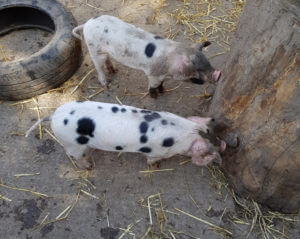 Take photos of the animal from both sides, as well as of any unique marks (such as a splotch on the belly or on the topline), and label the photos with the animal’s sex, date of birth, and direct lineage. It can also be helpful to describe the animal’s markings verbally in its record. Note that this method is of little use in most purebred herds, and that piglets’ coloring and markings can shift to some extent over time.
Take photos of the animal from both sides, as well as of any unique marks (such as a splotch on the belly or on the topline), and label the photos with the animal’s sex, date of birth, and direct lineage. It can also be helpful to describe the animal’s markings verbally in its record. Note that this method is of little use in most purebred herds, and that piglets’ coloring and markings can shift to some extent over time.
Radio Frequency Identification (RFID) Tags
RFID tags have unique frequencies that can be read (often at quite some distance) with special readers. These readers may be handheld wands or units intended to be mounted on walls or doorways. RFID tags can be installed either externally, like regular ear tags (with all the attendant problems of cannibalism), or as subcutaneous implants.
These systems are not usually cost effective for small farms; the readers cost hundreds of dollars, and the tags are more expensive than conventional ear tags. The implanted form is extremely reliable since it is so protected from interference, but the technology is not foolproof—sometimes the frequency of the tags becomes unreadable.
Recommended Reads
Recent Articles
No heated greenhouse? No problem! Discover the secrets to thriving winter gardening without breaking the bank.
Read MoreWintergreen is the stunning evergreen groundcover that’s a game-changer for your garden! It’s cherished for its aromatic leaves, vibrant fall color & bright berries.
Read MoreYear-round growth without the hefty price tag of a greenhouse? Low tunnels are the cost-effective and flexible solution you’ve been looking for. Grow year-round with low tunnels!
Read MoreGrow winter carrots for a sweeter & more flavorful harvest! Ditch the bland, store-bought carrots this winter! Grow your own winter carrots for a sweeter and more flavorful twist 🥕🥕
Read More

